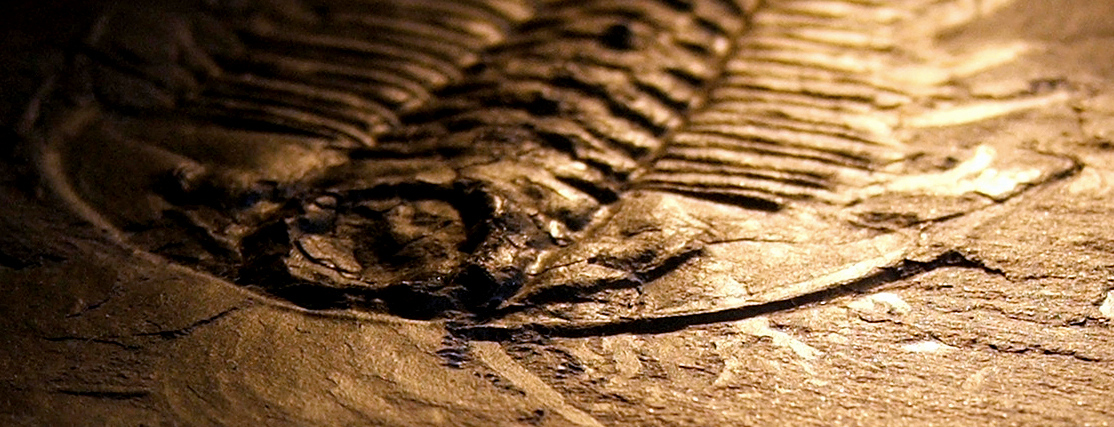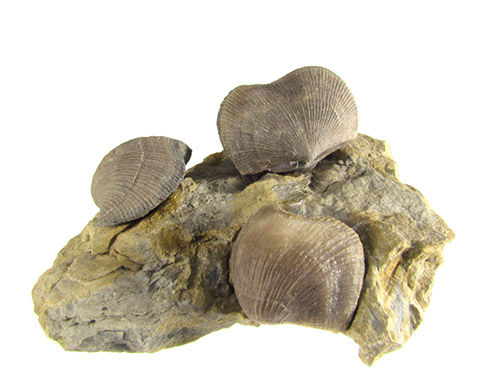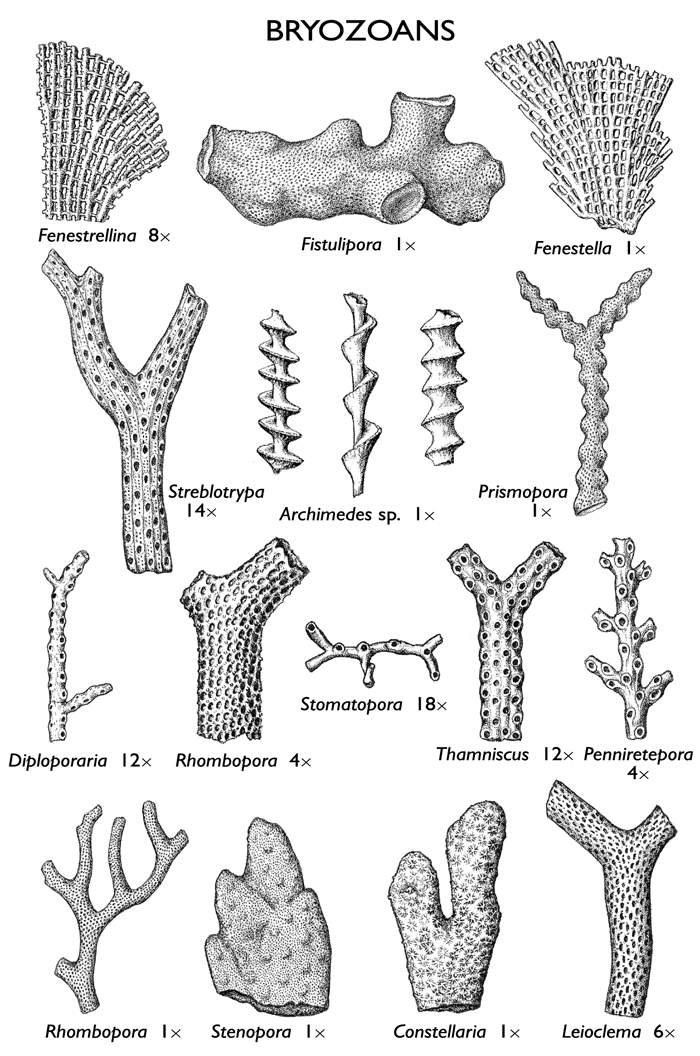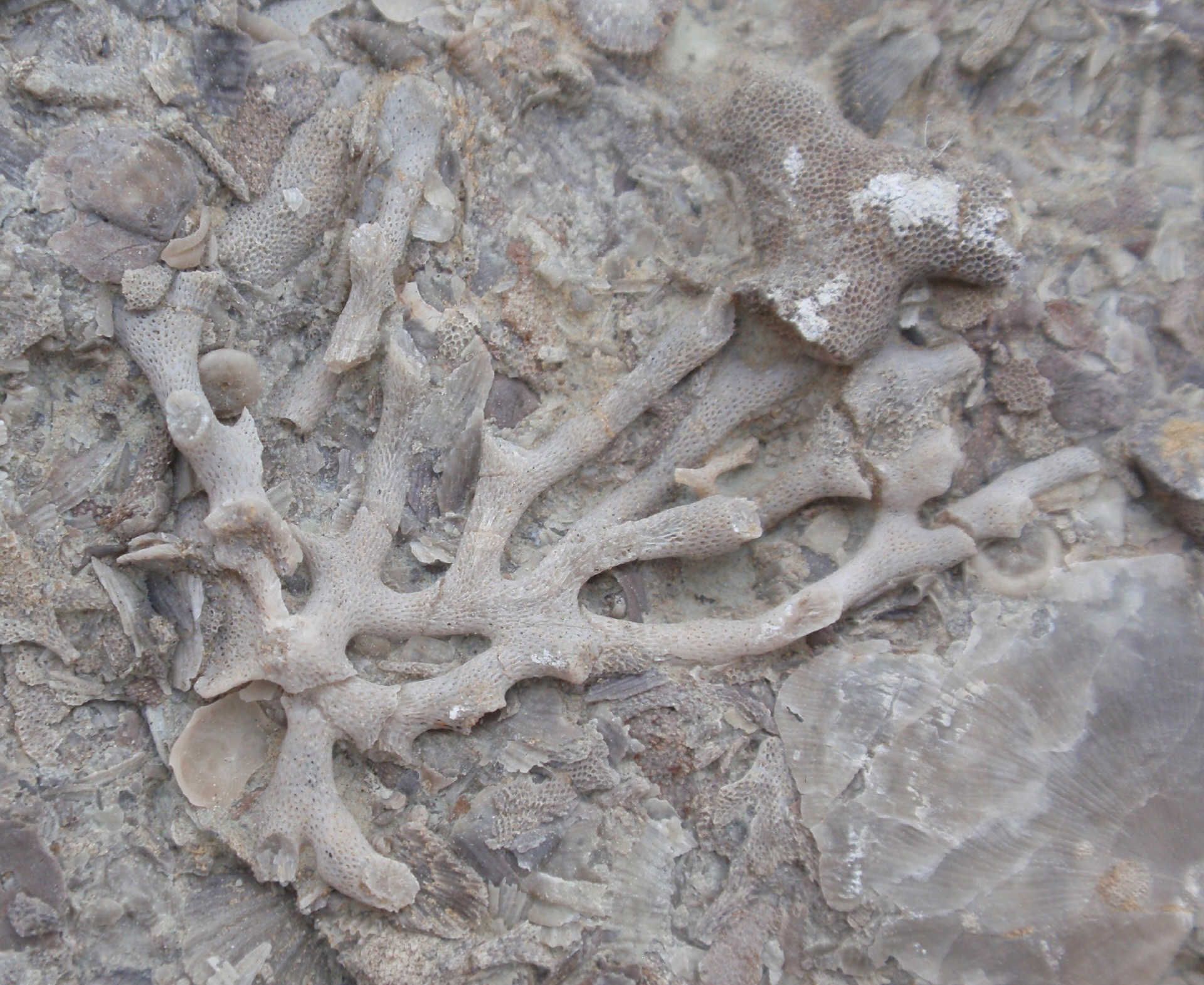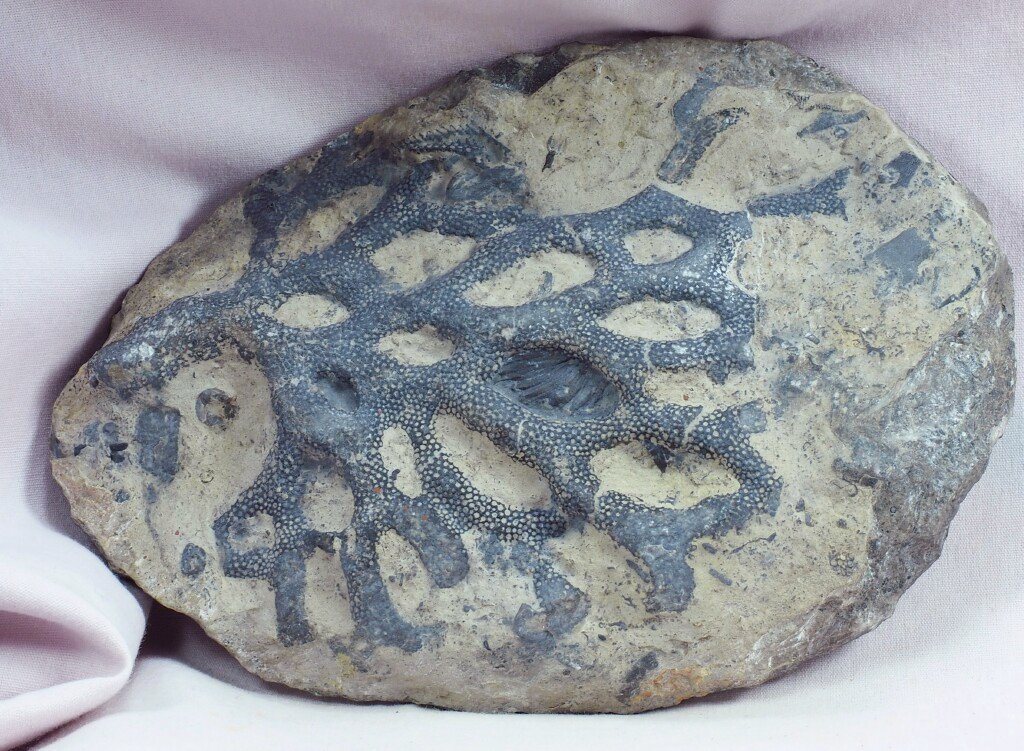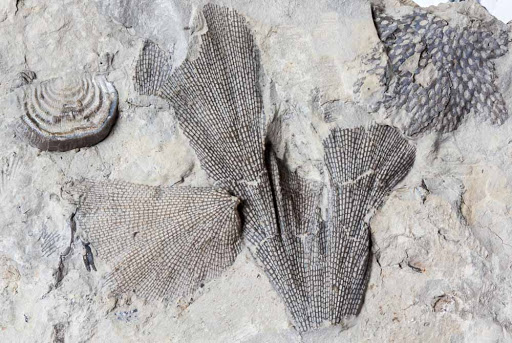Palæozoic invertebrates
This practical will introduce you to trilobites and brachiopods. You should also have time to meet the bryozoans and corals. Together these four groups are perhaps the most abundant and important that lived during the Palaeozoic.
We’re going to consider the process of classification, and along the way try to learn how best to study fossil material. There is often more to a fossil than meets the eye, and the art of identifying fossils and extracting data from them is largely a process of training the eye to make careful observations.
Learning outcomes
Become familiar with key features of common Palaeozoic invertebrates
Develop your observational skills
Appreciate the process of classifying fossils
